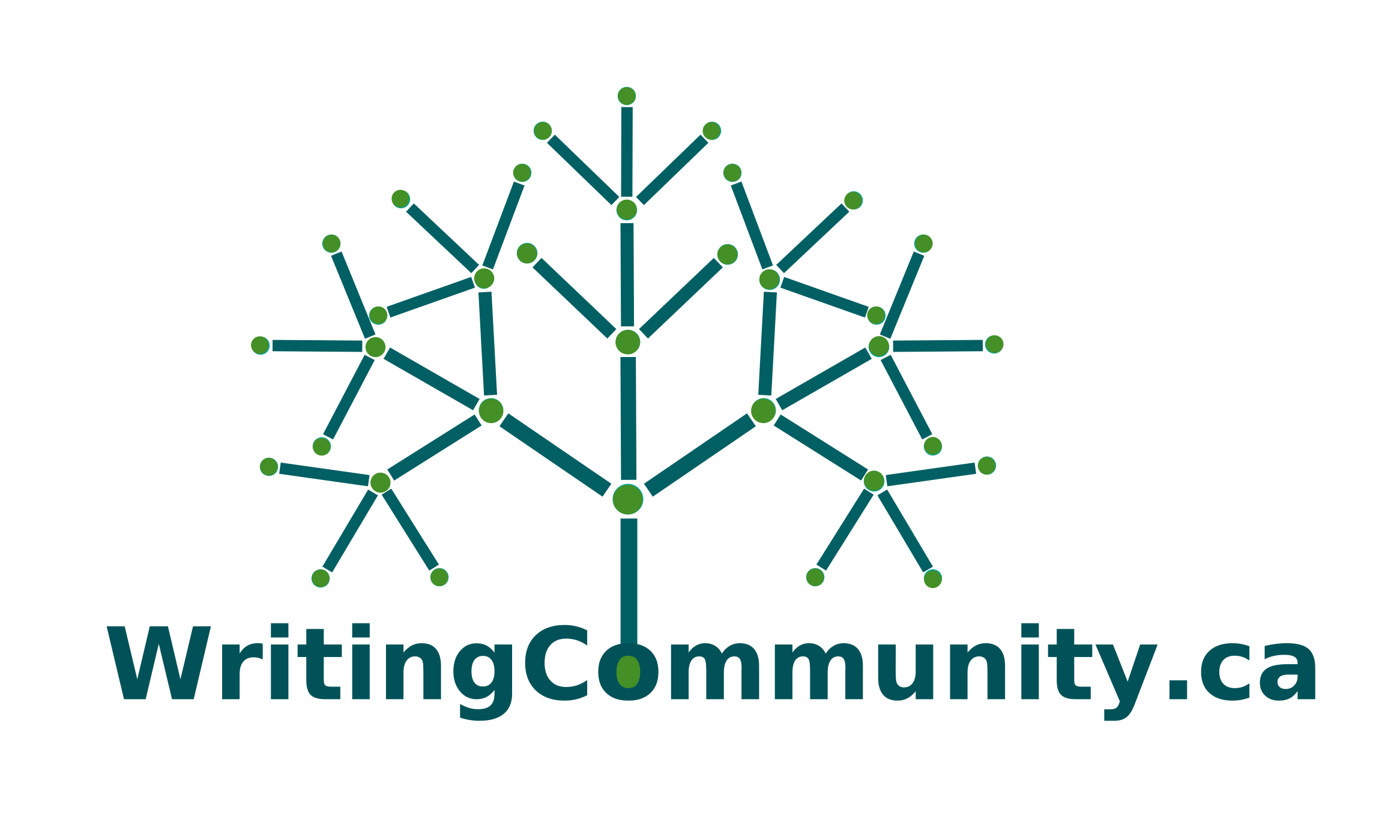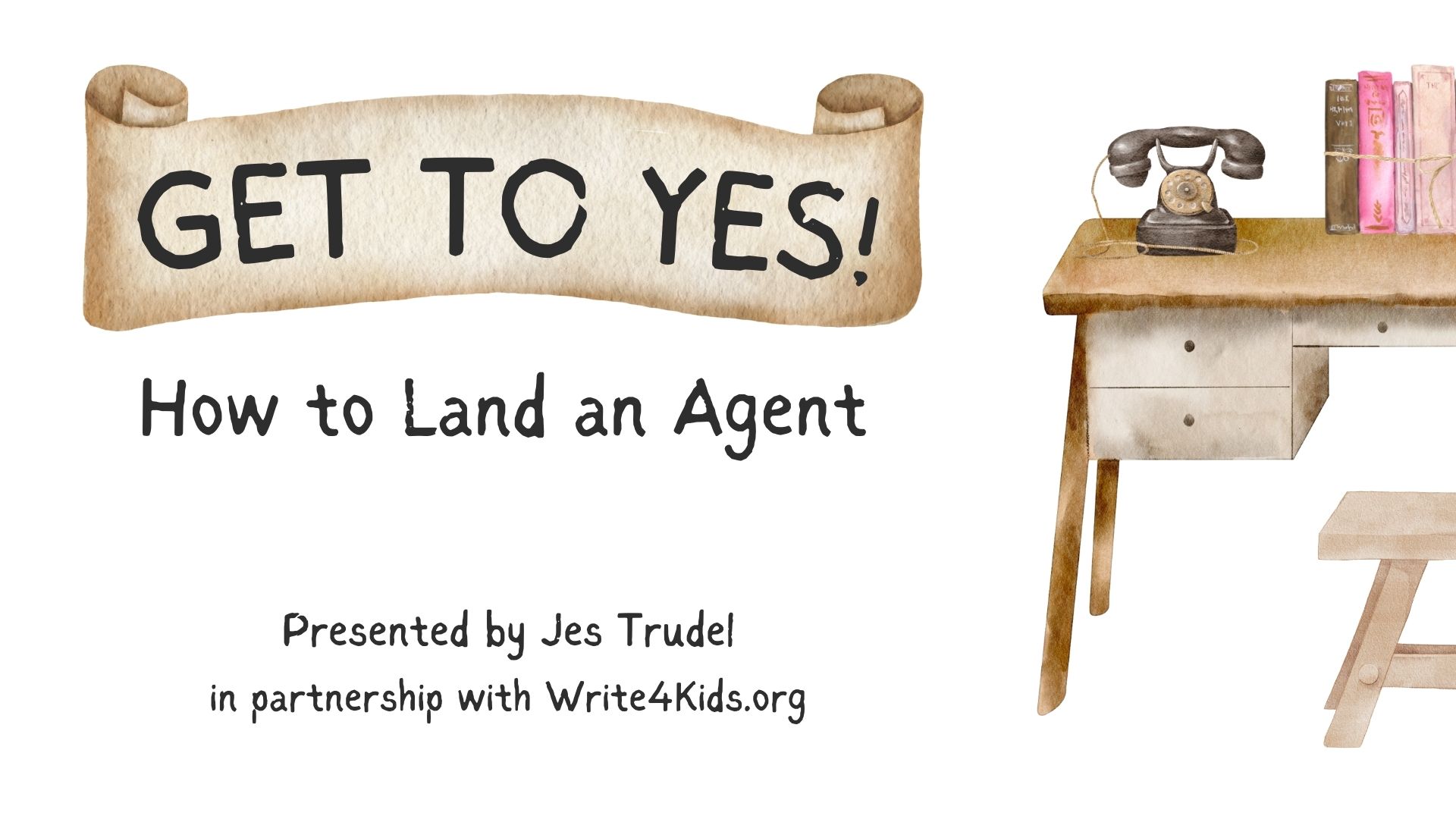
How to Write Without Editing
Originally published by NaNoWriMo.org as “How to Write Without Editing for the Sake of your NaNoing Sanity.”
Every November, a battle cry can be heard across the globe as writers take up their sharp implements against a common foe—the editor within.
National Novel Writing Month (NaNoWriMo) is when everyone asks the same question: is it really possible to write 50,000 words in thirty days? As a past NaNoWriMo winner, I promise you it is possible – if you can ignore your internal editor.
Under normal circumstances, I can take three days to write a paragraph: I write it, read it, edit it, re-read it, scrap it, rewrite it, and edit it again before I can finally move on. Often, that paragraph gets scrapped in a later draft. Why did I waste all that time?
My internal editor is a problem: I know it and he knows it. NOTE: for the purposes of this article, the internal editor will hereafter be referred to as a “he” (for no particular reason).
You need to shut down your internal editor for the all-important month of November. NaNoWriMo is about producing quantity, not quality. As awful as that sounds, it really is a good thing. Instead of spending several hours perfecting something you may scrap later, you can just focus on completing the story.
Below, you’ll find six strategies you can use to defeat your internal editor without injury to either party. You don’t want to kill him after all; you just want to send him on a thirty-day vacation.
1. Ignore him
He’s there and he’s talking. He’s ALWAYS talking and you can’t make him stop! Have you ever considered just ignoring him?
You’re bound to hear a little voice in your head saying, “That’s the worst sentence you’ve ever written.” Under normal circumstances, you’d backspace and rewrite the offending sentence into something tolerable. But what if you didn’t? What if you just left that terrible sentence there and kept writing? What’s the worst that could happen? The sentence will still be there when it’s time to edit. If it’s that bad, you’re not going to miss it. If you do miss it, it couldn’t have been that bad to begin with.
The purpose of each sentence you write during NaNoWriMo is to get you from Point A to Point B; it’s not about blowing the mind of a potential reader. No one but you is ever going read your first draft. Just ignore that little voice in your head telling you that you’re not good enough.
2. Pick a point in the distance and keep walking
So you ignored him, but now he’s following you around like a little lost puppy dog. What do you do now? Just keep walking my friend and don’t look back!
You want to always be moving forward, never backward. Remember what I was saying about Point A to Point B? You must always remember the end goal: a finished story. What you’re writing has a purpose, even if it’s complete dribble. It is your plot, your rough draft, your outline—whatever you want to call it. It is the meat of your novel without any of the garnishes. So when your internal editor calls out in that pathetic ‘how can you just ignore me’ way, don’t look into those sad puppy dog eyes or you’re a goner.
Remember the goal and keep pushing towards it. Don’t reread anything you’ve written. Even if you want to remember where you left off yesterday, leave yourself a note with a one-line reminder of where you are in the story (e.g. Sara and Danny are arguing). Never re-read anything until you’re done your first draft.
3. Blindfold Him
You’ve turned a blind-eye to him, but he can still see you clear as day. Will he ever stop following you? The least you can do is slow him down!
If your eyes just keep drifting upwards, it’s time to do something drastic: invisible ink! Thankfully, we don’t need real invisible ink—we have computers now-a-days. Go to the font menu of your word processor and change your text colour to white. As you’re typing, the words will be inputted, the cursor will be moving forward, but you won’t be able to see the words because the text color matches the background.
If that wall of white makes you uneasy, you can always go with something more colourful. Change your background to blue, or yellow, or pink—whatever makes you happy and puts you in a creative mood. The important thing is that your text color matches the background. It’s a good idea to turn off your grammar and spelling checker too so you don’t see any green or red squiggly lines.
I want to warn you that turning off or covering your monitor is not an acceptable alternative. Between pop-ups and error messages, the last thing you need after an uninterrupted hour of typing to discover another window interfered with your keystrokes and no words were actually recorded. With the text colour method, you can always see the word processor window and your cursor jumping perpetually forward.
4. Lose Him
Somehow, he’s managed to stay nearby, so he must be tracking your scent—the clear, unmistakable smell of NaNoWriMo fear. It’s time to go futuristic on his ass and try a little teleportation. See if he can track you now!
Writer’s block is bound to happen, so remember: the goal of NaNoWriMo is to write 50,000 words in 30 days—it doesn’t matter in what order. If you’re stuck on one spot in your story, jump to somewhere else that excites you. Is there a big fight scene at the end you’ve been looking forward to writing? Write it now! The other benefit to not being worried about the quality of your writing is that you can worry about correcting continuity errors later. Keep it fun and write what you want, when you want.
If you’re going to do this, organization is key. I find it useful to save my novel in individual scenes, rather than as one big wall of text. Software programs like Scrivener make this method extra easy, but you can do it with your regular word processor too. Just save your scene with a title that describes what’s happening in the scene. I like to track my scenes in a companion excel sheet to make it extra easy to re-organize later.
5. Throw Him a Bone
You’ve tried everything, but you just can’t shake him. That’s alright—this is a marathon, not a sprint.
If you can’t concentrate on writing anymore, or if your internal editor is starting to take over, take a break. Eat a snack, have a glass of water, stretch a few muscles. It’s easy to forget to take care of yourself when you’re sitting for a long time, but you need to take even better care of yourself!
Here’s some things you can do:
– Keep some healthy snacks handy like fruits, veggies, crackers, lean meats, nuts and seeds
– Stand up once in a while and do some quick stretches at your desk or table
– Keep a bottle of water nearby and take a mouthful or two every ten minutes
– If you’re feeling unenergetic, a brisk walk around the block will wake you up, especially if you live in a colder climate like I do
Don’t take too long of a break, though. It may be hard to get mobile again if you give your brain too much time to relax. It only takes one misstep to break the writing routine you’ve created. Television is not your friend! Watching one episode of your favourite show will take at least 23 minutes of your time, probably more, and with streaming services it’s way too easy to keeping watching. Don’t fall into that trap! You can always catch up on your show later.
6. Phone a Friend
It’s been hours, days, even weeks, and this guy is just about to tip you over the edge. That’s ok, just grab your phone, call your BFF, and shout, “I’m about to murderize him!”
Your lifeline in NaNoWriMo is your people: friends, family, ghosts—whomever it is you speak to when you’re feeling stressed. The best thing you can do is find a writing partner, preferably someone who is also participating in the event, to keep you accountable. If you know so-and-so is waiting for you at the library, you’re much more likely to stick to your routine. They’ll also be a great person to brainstorm with, or a wonderful shoulder to cry on if you get overwhelmed. Ideally, they will keep you calm and help you chill—without having to throw you into a snow bank.
Don’t forget about your local/regional Municipal Liaisons! They’re there to help writers by organizing group write-ins for mutual accountability. Nanowrimo.org has plenty of fantastic online resources, including chat rooms, forums, and much more. No need to “murderize” anyone—after all, you’ll want your internal editor back when November is over!

